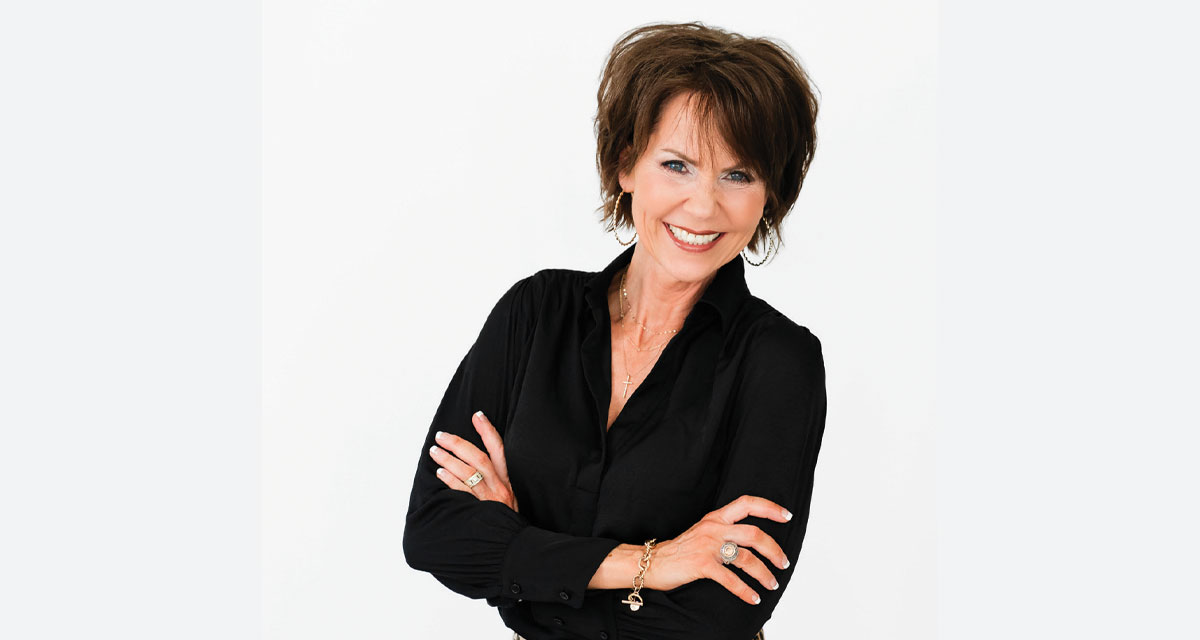From dark berries to dyed beeswax and various oils, lipstick has left a long, red trace on past centuries. Here’s the trace that lipstick lovingly smeared on the world.
ANCIENT CIVILIZATIONS
Makeup was a signifier of status and was worn by both men and women. Egyptians were the first to adorn their faces with lipstick; purple and black were the signature shades. Of course, their lipstick was created from the earth, such as carmine dye from insects. They also used dangerous substances such as lead and iodine, which eventually gave them serious diseases.
Sumerian civilians also adored their lipstick which was composed out of fruits, henna, clay rust, and insects. Mesopotamian women added to the adorning of their lips by dabbing remnants of precious jewels over their lipstick to create the shimmery look.
Ancient Japanese women would wear dark lips extracted from beeswax and tar while ancient Greeks believed that dark lips were affiliated with prostitution because prostitutes were ordered by law to sport dark lips.
RED-LIPPED CONDEMNATION
During the Middle Ages, the church heavily banned Christian women from wearing lipstick and makeup all together. It was believed in the church that red lips were associated with devil worship and related to sorcery and witchcraft. Although the church did accept lip salves, Christian women also had their alternatives to creating red lips by biting, pinching, and rubbing their lips with certain materials to make their lips appear redder.
RESERVED FOR THE “ELITE”?
Originally makeup was only reserved for the wealthy and popular. When Queen Elizabeth I popularized beautiful red lips during her reign in the 16thcentury, red lips became accessible only to women of royalty and stage actors and actresses.
A SYMBOL OF STRENGTH AND RESILIENCE
In the 1920s, the first wave of feminism made its appearance and women began to demand more rights and fight for equality among men. During this time, many of these passionate women flocked to lipstick which quickly became a heavy symbol of feminism. The women of this era simply wanted to be bolder and represent where they stood.
In the 1930s, the Depression Era, lipstick left a remarkable red trace here as well. With matte finishes being one of the main contributors of the love and power of lipstick, the depression era resulted in more affordable (and accessible) lip products. Deep plum and burgundy were among consumer favorites.
During World War II, women were highly encouraged to wear lipstick that was especially red to uplift the grim atmosphere left over by the war. Perhaps this gave women strength and confidence during such a time as this.
FIERCE COMMERCIALIZATION
The very first ad for lipstick was seen in 1884, courtesy of a French perfume company, Guerlain. Their lipstick was composed of deer tallow, beeswax and castor oil and wrapped in silk paper to preserve the narrow shape. Eventually in 1915, Maurice Levy invented lipsticks in cylindrical containers, likely for easier storage and application.
In 1923, James Bruce Mason, Jr. created the modern roll-up tube that we see today. Iconic silent movie stars would popularize deep red lips and viewers all over the nations will recreate this famous look. Lipstick was further encouraged by magazine ads and, of course, women ran to copy them. This was followed by an invention of the lipstick stencil which would supposedly bless women by helping them create the perfect “cupid’s bow” lip.
In the 1950s, iconic women such as Marilyn Monroe, Audrey Hepburn, and Liz Taylor took red lips to a higher tier of beauty. They were setting trends in popular movies and women all around wanted to emulate their favorite stars. This is when lipstick was at its peak in popularity. “Kiss-proof” lipstick was also invented in this era by Hazel Bishop.
Fast forward to the 1990s where lipstick was hardly ever worn without dark lip liner! This is also when women became more environmentally conscious and demanded chemical-free lipstick with natural formulas. Another popular fad of the 1990s was tattooing color on lips but that died out quickly.
Today, lipstick colors vary across the spectrum from nude to orange; there are more color options than ever, and more women are getting expressive and creative.
Happy National Lipstick Day!






















